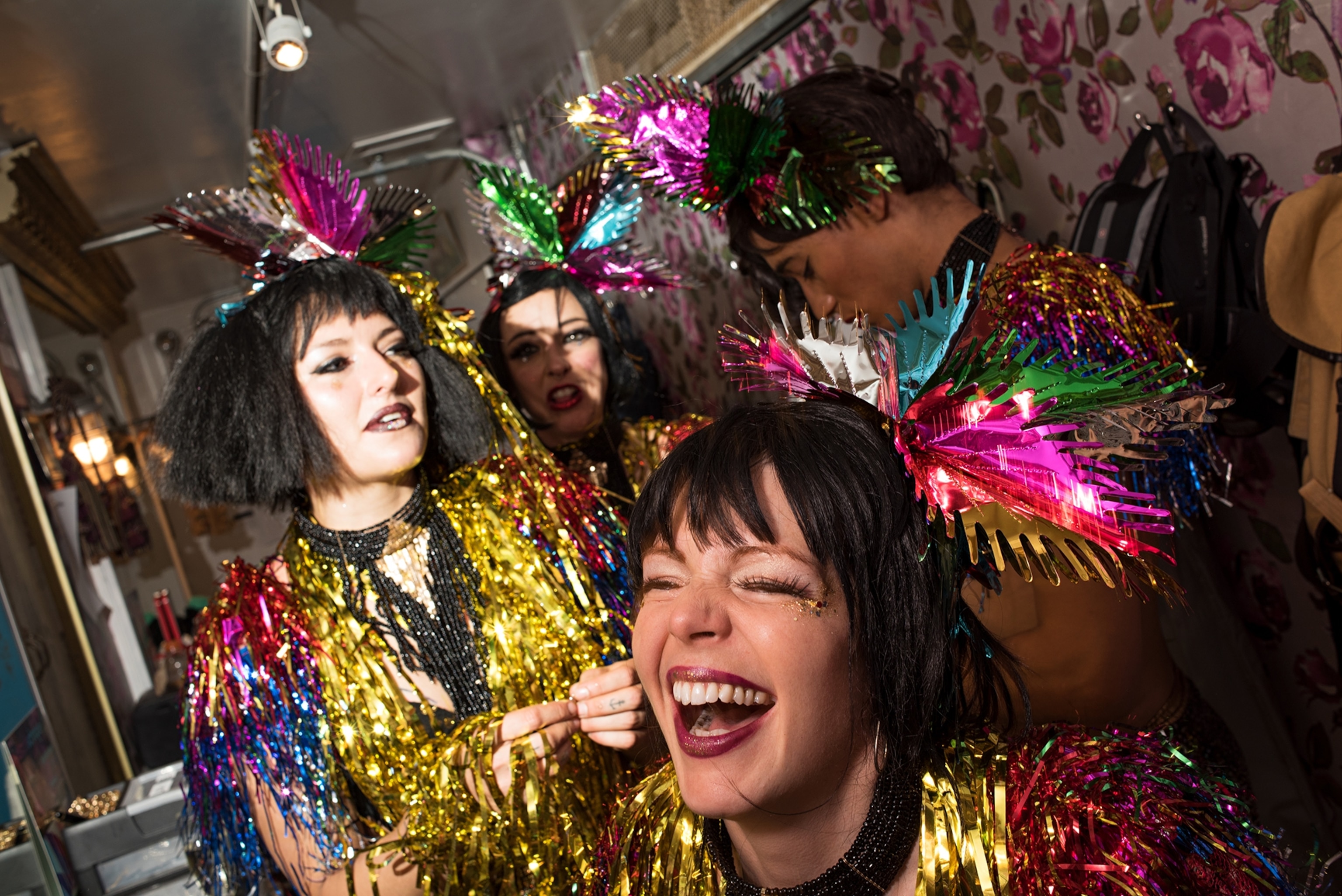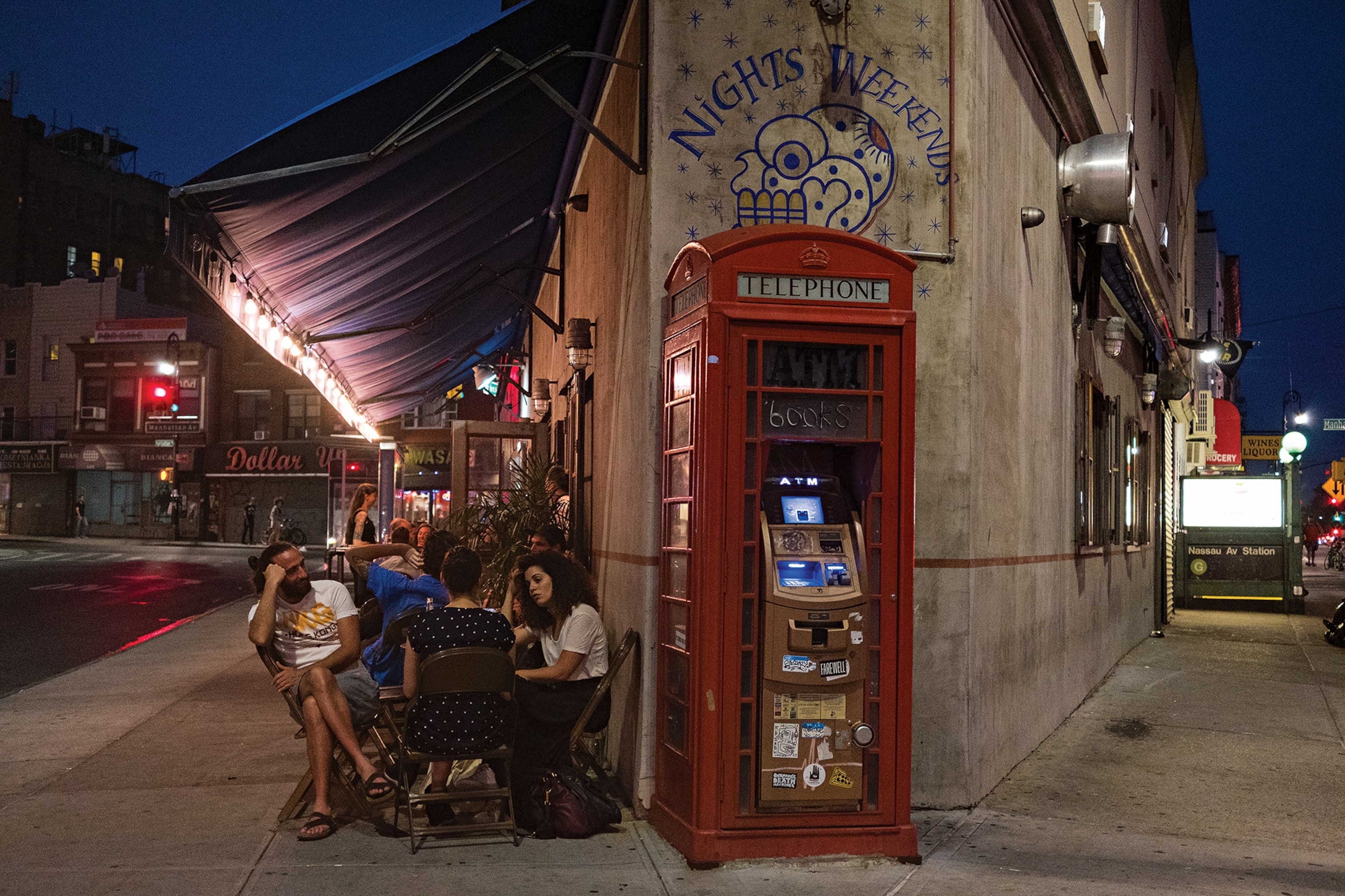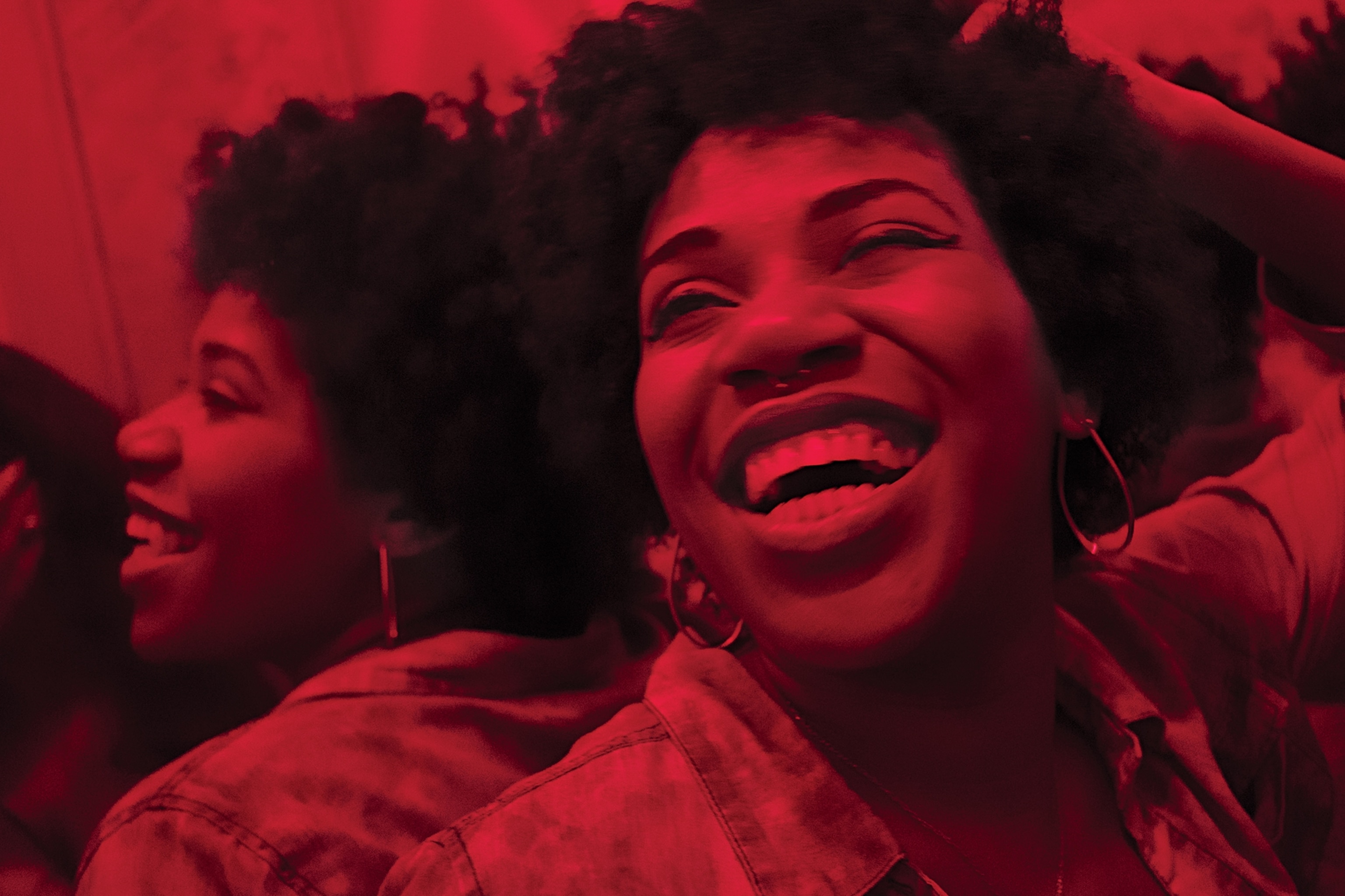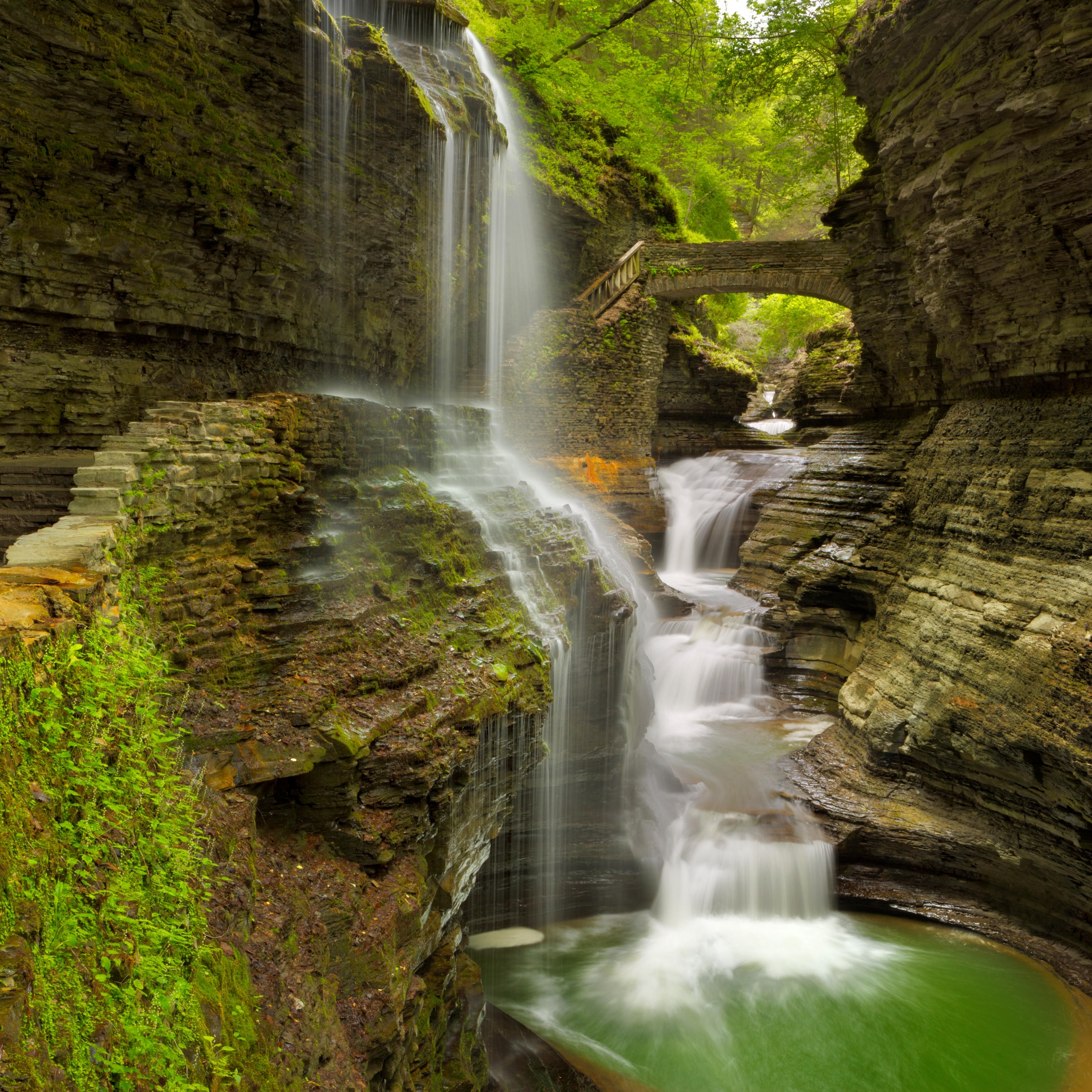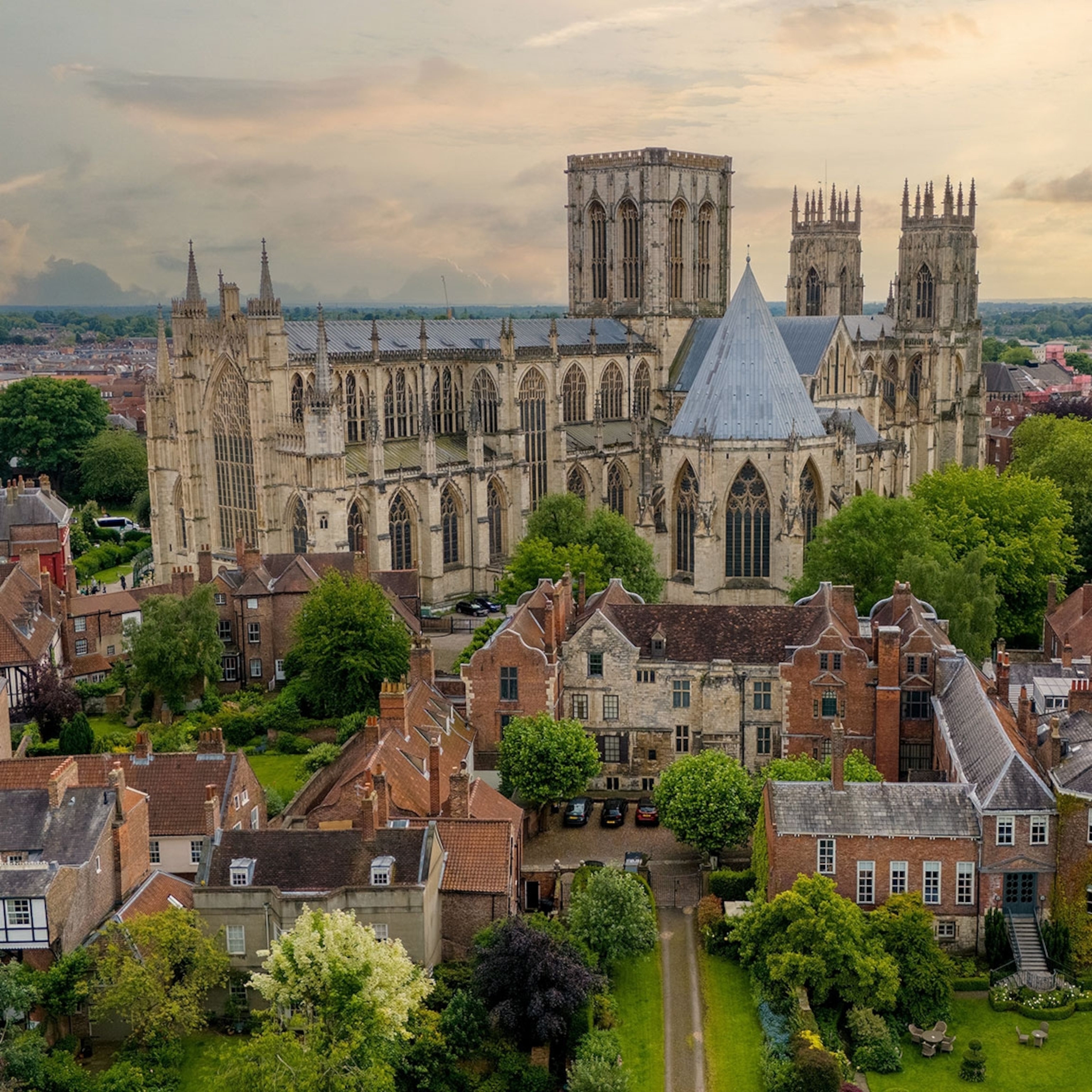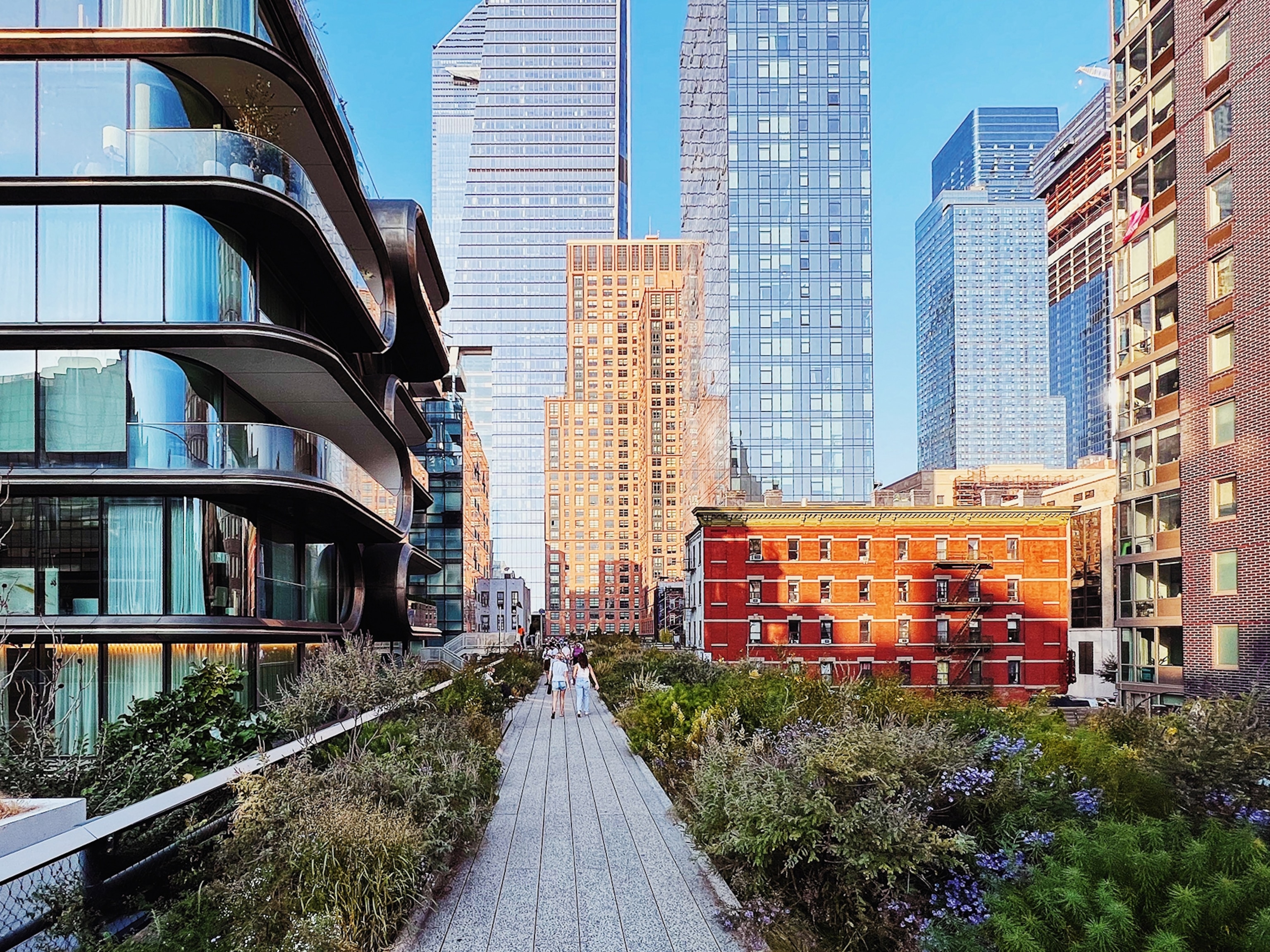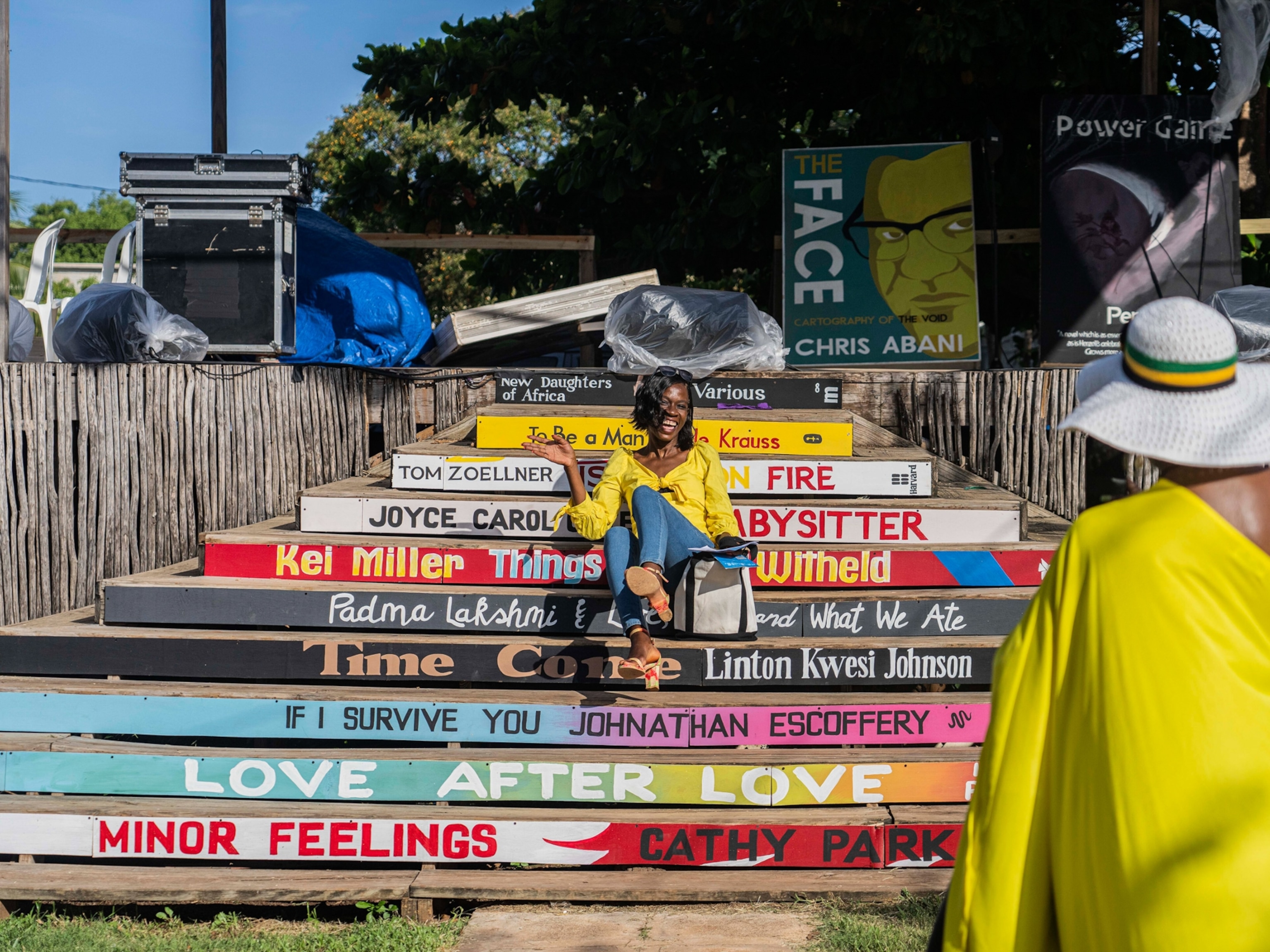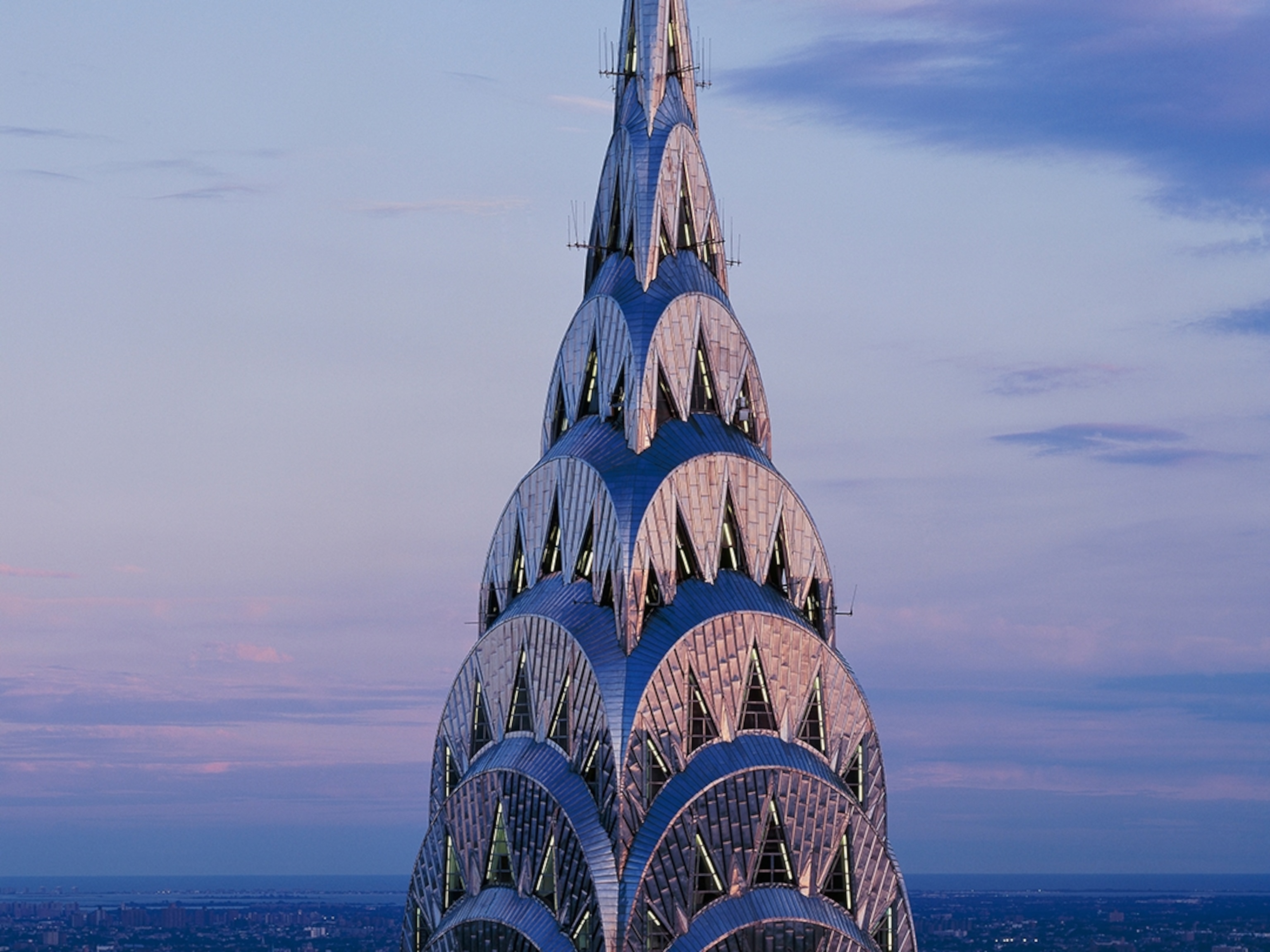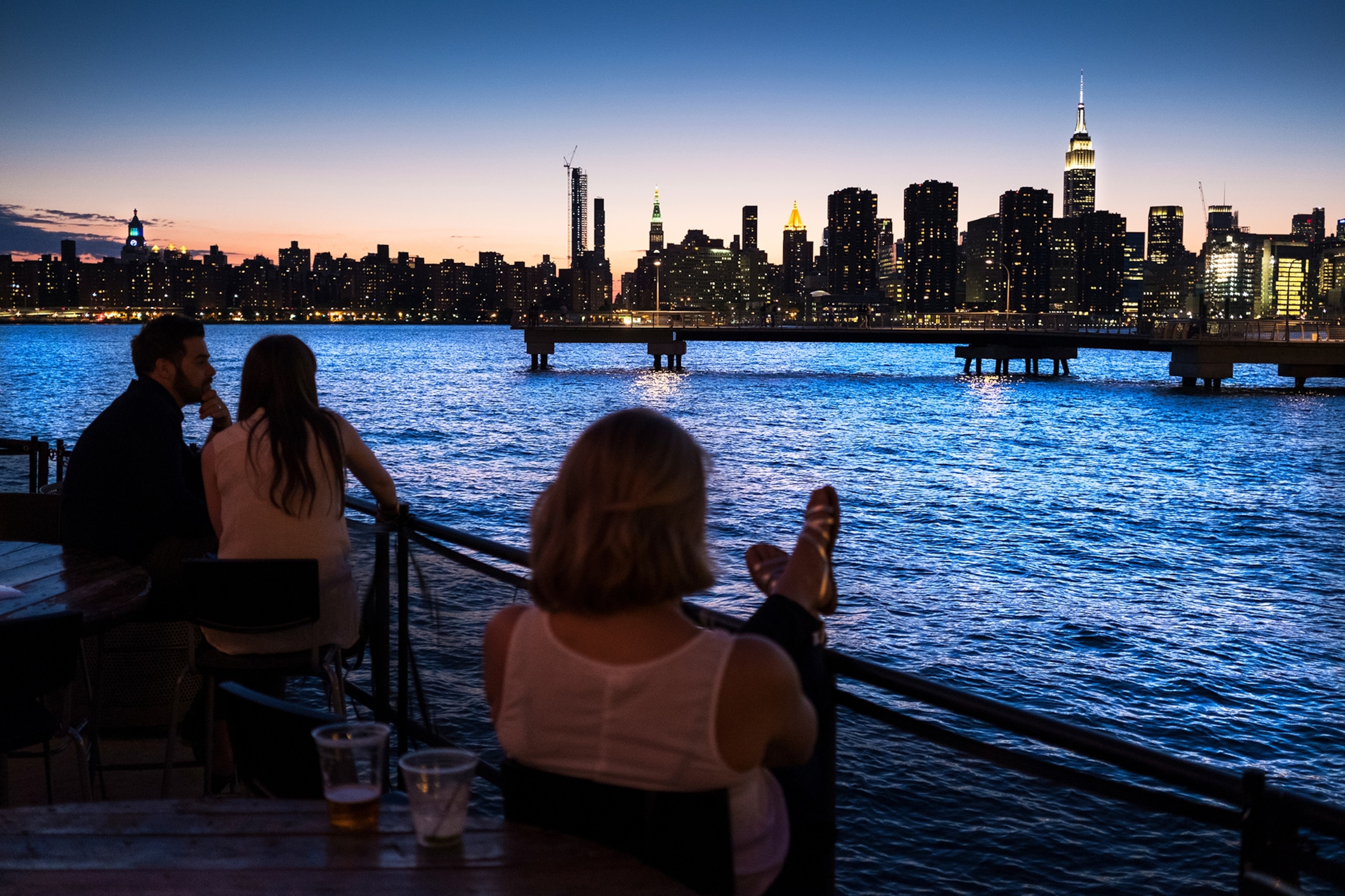
Bright Lights and Late Nights in New York City
Whether uptown, downtown, or in Brooklyn, no other place makes night shine brighter.
There are many New Yorks. There is one city for the young, another for the old. There’s the city for the newly arrived, the established, the broke, the rich. That’s the beauty of it.
Or so says Joe—he never gives me his last name—whom I met exactly five minutes ago. He has already bought me a drink and, in the great tradition of New York brashness, told me his life story. He grew up penniless in a Queens tenement, worked his way up, became a diplomat, moved to London, became wealthy, grew accustomed to frequenting bars like this one: Bemelmans at the Carlyle Hotel, perhaps the last bastion of Upper East Side, Edith Wharton–style elegance.
“Timmy,” Joe asks the red-jacketed bartender, “how long have I been coming here?”
Timmy shrugs.
Joe likes talking to strangers. He likes hearing their stories. He likes listening to jazz, and drinking champagne, and looking at the murals on the bar wall—by Ludwig Bemelmans, writer and illustrator of the Madeline books—marveling at this place he never thought he’d one day be able to afford.
But most of all, Joe likes New York. “You can be anybody here,” he says. “Jane can come here and be a movie star. She can come here and be a transvestite. Anything you want!”
Returning to New York after a decade abroad, I found myself in a city at once foreign and still, indelibly, the one I knew as a child growing up on the Upper East Side. But I’d never tried to do what my 13-year-old self had always longed to do: stay out until sunrise and have that one perfect night I’d dreamed of, the kind of night bohemian Greenwich Village poet Edna St. Vincent Millay wrote of, staying out “very tired” and “very merry” until dawn.
I draft a wish list. It ends up being so lengthy that I realize right away that my perfect night is actually several nights. And, as I come to learn, the most New York of moments is the one you don’t expect.
One of my nights takes me from The Carlyle to the Bow Tie cinema in Chelsea, New York’s fabled gay district, where a lime-wigged drag queen named Hedda Lettuce emcees a showing of camp classic Suddenly, Last Summer, laced with bawdy heckling from the audience. A bleached-blond mother with a Betty Boop voice rushes up to Hedda afterward to get an autograph for her eight-year-old. “He wants to be just like you when he grows up,” she says. She’s been collecting every drag queen autograph she can find, she says. She knows her son is different from the other boys at school; she wants to show him that there are people in this city—in this world—who can make him feel less alone.
Another night, I head back to Chelsea for the monthly Supercinema party at the McKittrick Hotel. This formerly abandoned hotel has been repurposed as a Hitchcockian theater space for British company Punchdrunk’s “experiential” Macbeth-based Sleep No More. But tonight it’s all about The Great Gatsby at the Supercinema party. The F. Scott Fitzgerald novel is perhaps the best known retelling of New York’s capacity for inspiring self-creation and reinvention in all those who come here.
Women in feathers, headdresses, and beads line the block. A live band is playing electronic covers of jazz standards, a techno reimagining of Ella Fitzgerald under a green strobe light. Two girls have come as the twin eyes of Dr. T. J. Eckleburg. Anywhere else, I think, they might look out of place. Not here.
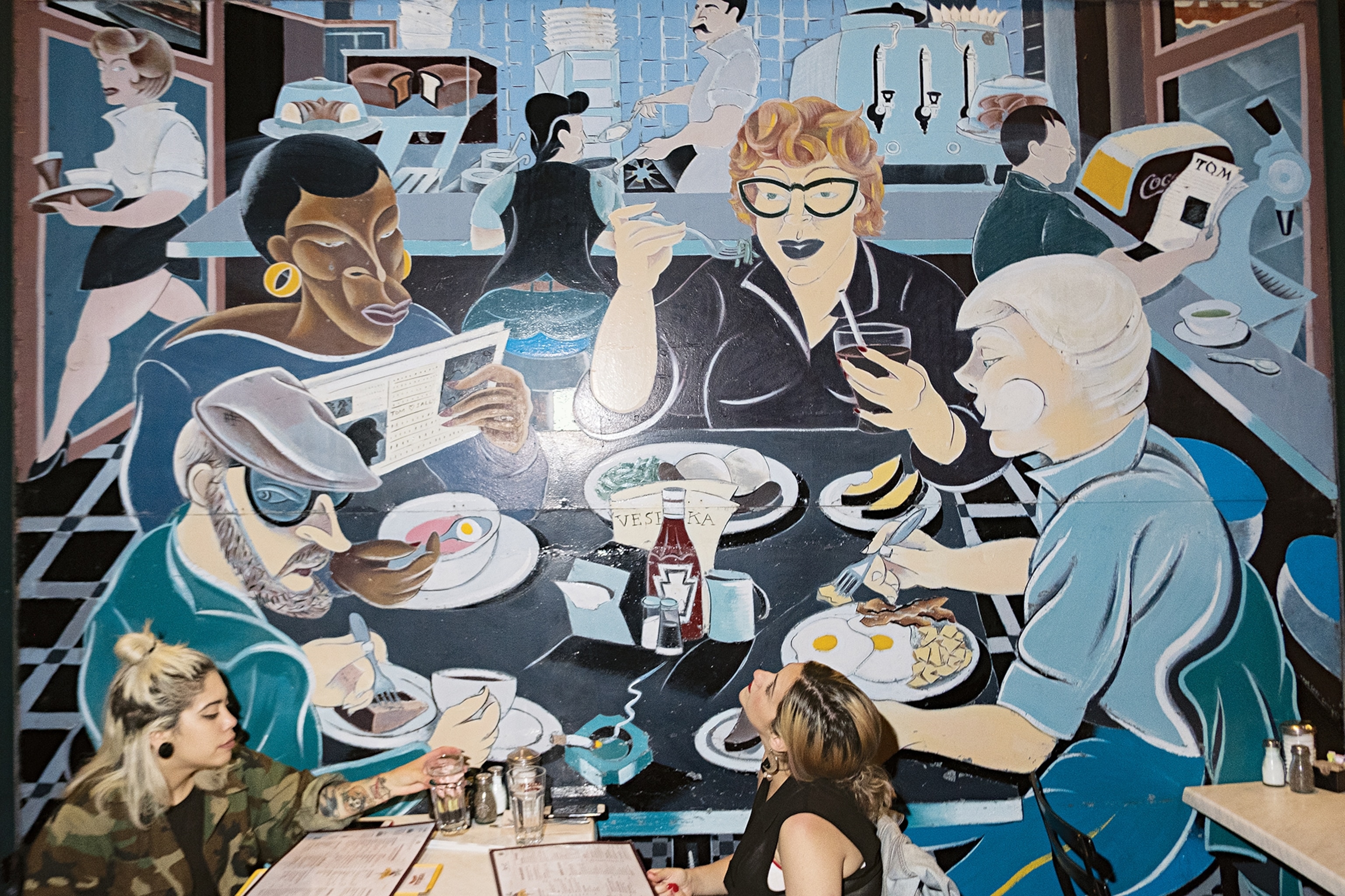
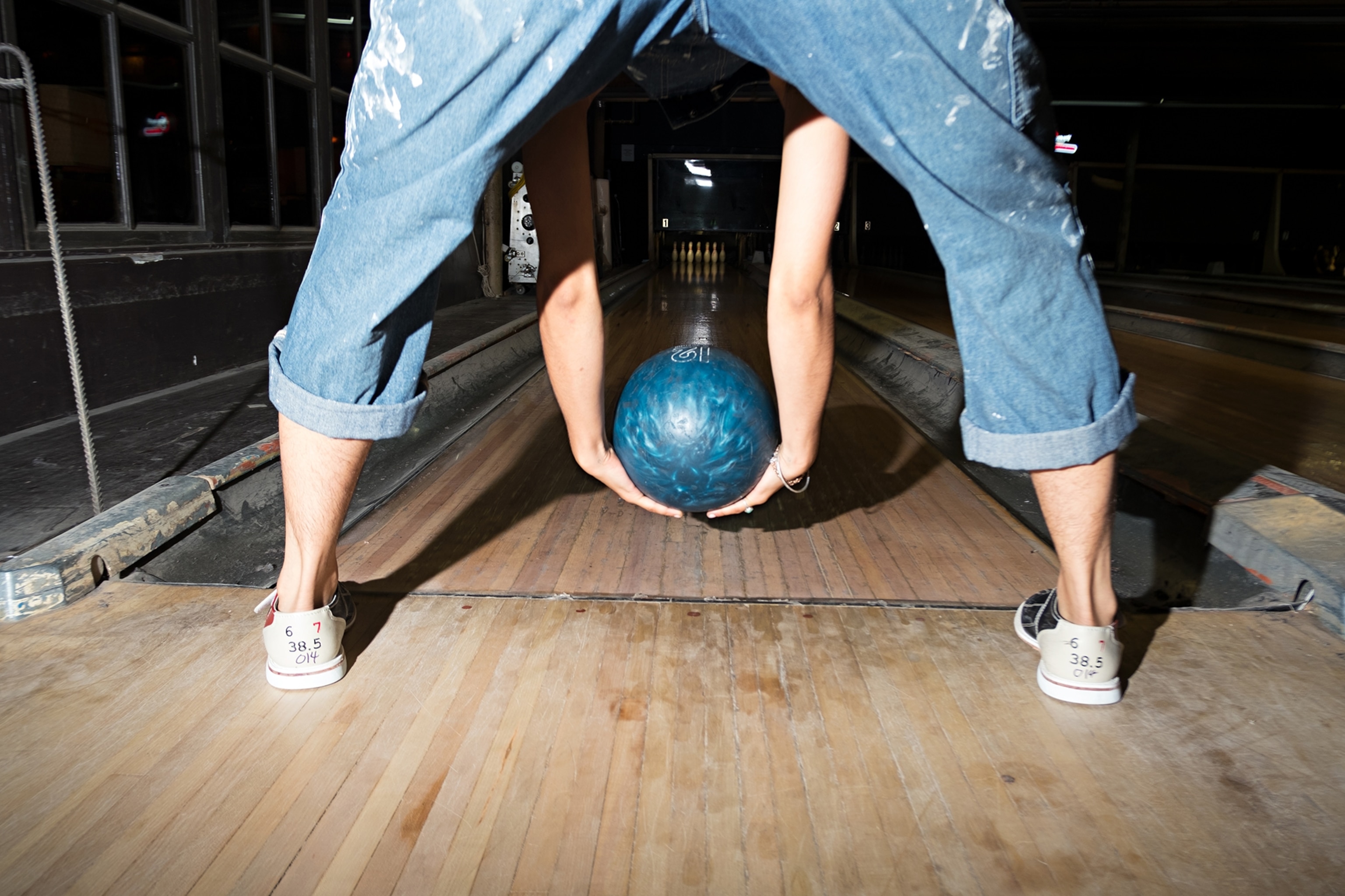
The more of New York I see at night, the more I realize is still strange to me, even after most of a lifetime here. I take a late-night bike tour with the mild-mannered George Pingeon of Bike the Big Apple. We pass places I know—or thought I knew—and he renders them unfamiliar. In the East Village, on the street outside what used to be the legendary Second Avenue Deli (it’s a Chase Bank now, but Second Avenue Deli lives on elsewhere), Pingeon shows me the star-engraved plaques I’ve never noticed. This was Yiddish theater’s answer to Hollywood’s Walk of Fame, where a new wave of immigrants found the freedom to make art of their own.
At Madison Square Park I learn that the limestone-clad Met Life Tower was once the tallest in the world, one of five New York buildings to hold that distinction. Just another example of New York culture, Pingeon says, in a city constantly striving for perfection, constantly one-upping itself.
I stop by a comedy competition at the Peoples Improv Theater and watch as eight unknown comics face off for a chance to perform their own material. Later I hop over to the West Village to the craft-cocktail basement bar Slowly Shirley. The cocktail waitress, my friend Kayla Ferguson, leads a double life: slinging Sazeracs for money, acting in guest spots on TV shows like Boardwalk Empire for love. She makes a port-based cocktail, tells me about her upcoming auditions, her hunger for that big break that could happen any day. It’s those fortuitous moments, ripe with the promise of the next big thing, that make New York so addictive.


I head to Harlem, to Ginny’s Supper Club, a red-lit jazz bar in the basement of chef Marcus Samuelsson’s Red Rooster, the contemporary comfort food restaurant credited with sparking, in part, Harlem’s culinary regeneration. Yet at Ginny’s, the atmosphere is less trendy than nostalgic. The decor is deco inflected, an homage to the Harlem Renaissance, when 125th Street was the cultural capital of black America. A guest vocalist—a petite woman in all black, with a timid expression and no makeup—tiptoes onto the stage. She begins to sing the 1930s hit “Deep Purple.” Her voice silences everybody. It is one of those voices, the kind that makes you wonder if you’re at a concert people will recall, years later, as that moment when somebody made it big. Her voice is outsize, gargantuan; it shakes the barstools.
- National Geographic Expeditions
“Encore!” everybody cries, but there are no encores tonight; things move too quickly. The singer goes back to the bar and starts eating dinner while the rest of the players play. The band goes on without her.
Along 131st Street and Adam Clayton Powell, Jr., Boulevard, hundreds of people are drinking, smoking in the streets, spilling all down the block. White candles illuminate the street corner. Between the candles are bottles: Moët, Cîroc. It’s a funeral, I learn, for a Harlem fixture who died unexpectedly this week. His friends have come to mourn him. Some are crying; most are laughing through their tears. I stay for a while; I listen and learn snippets of his life. He was always trying to be a better man, someone says.
Much later, I watch as dawn creaks across the horizon, and I come to appreciate the stillest the city will ever get. I walk down Broadway, through streets I have never before seen empty. The sky is crimson. The police horses in Times Square are loading into their trailers. A drunk man is listening to “New York, New York” on his phone earbuds; he’s stumbling and singing along.
And very tired, and very merry, I walk all the way home.
Tara Isabella Burton wrote about the Oxford Canal in our February/March 2016 issue. This is New York photographer Jonno Rattman's first feature for Traveler.


